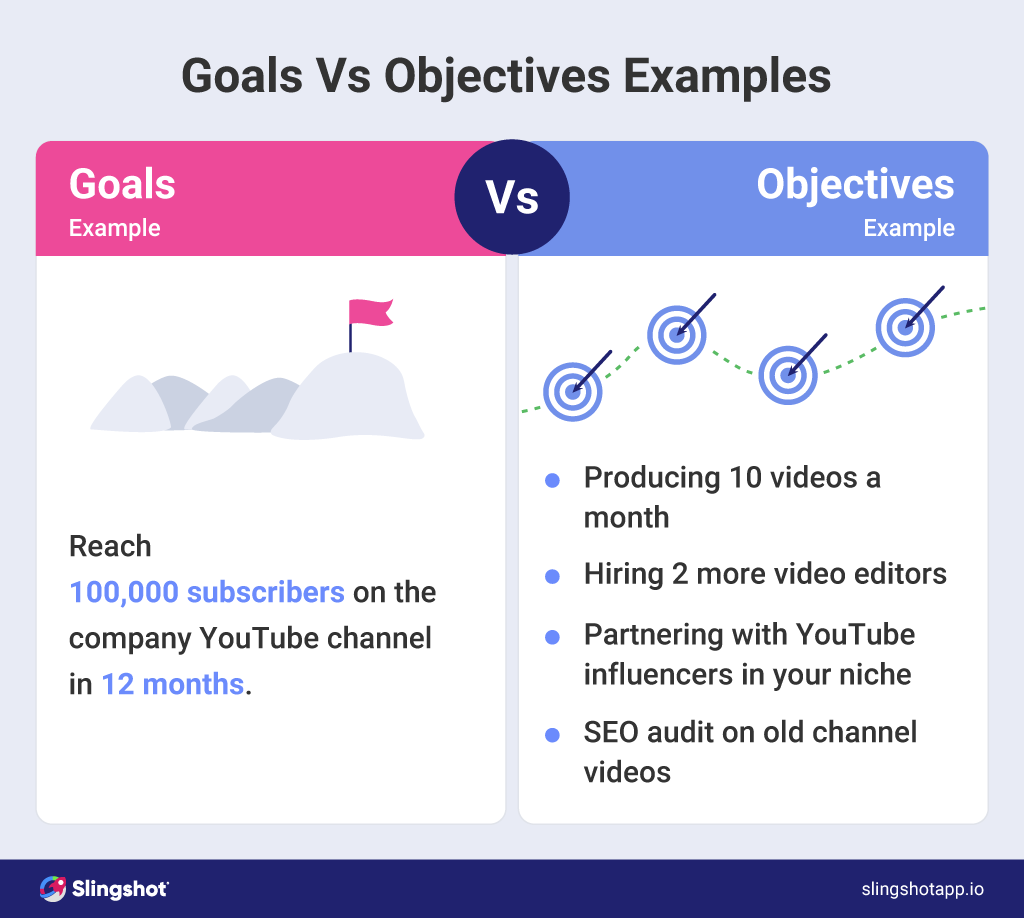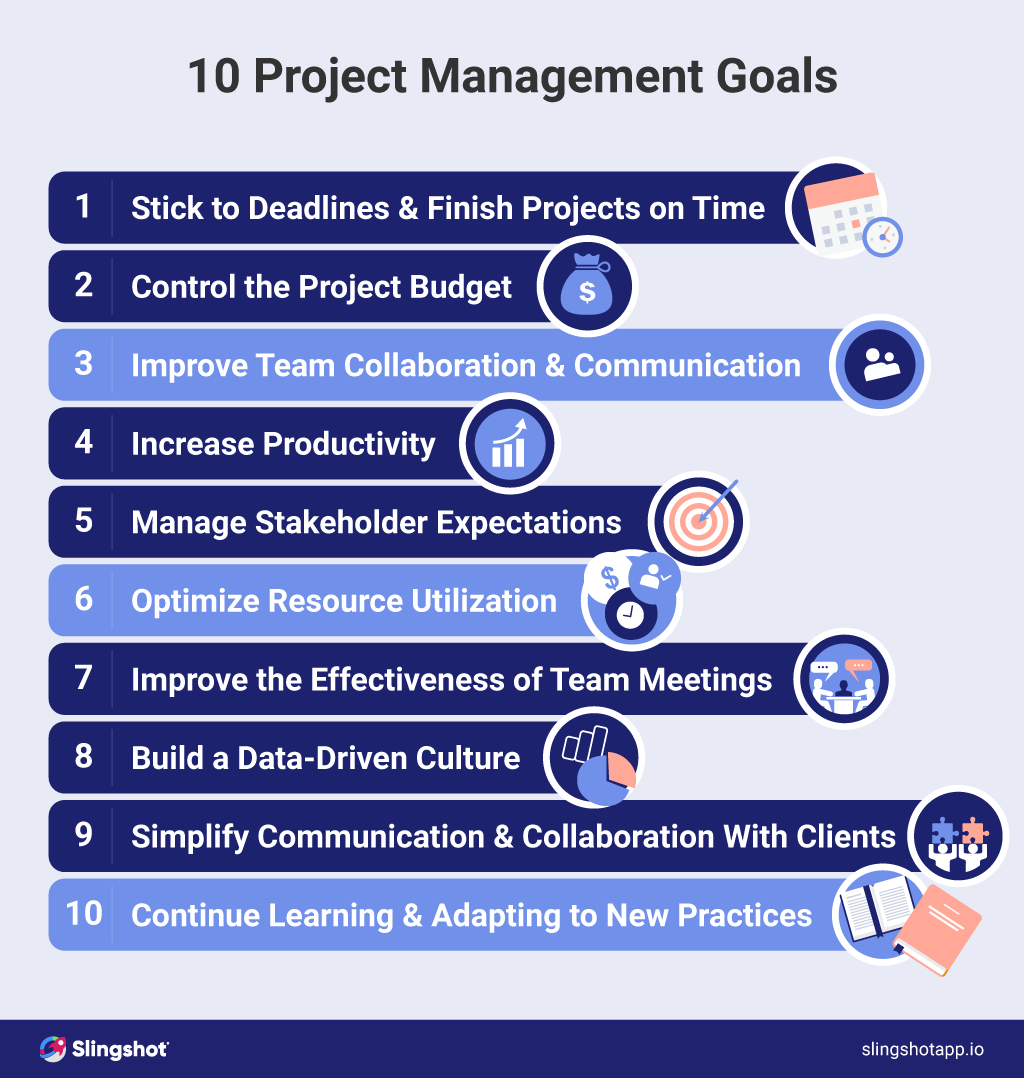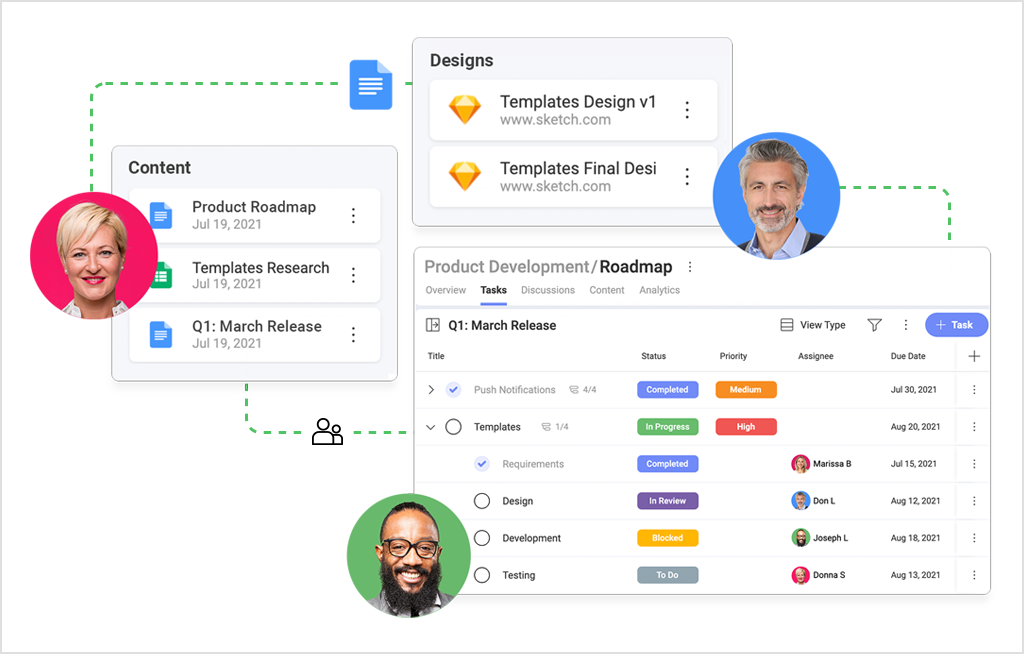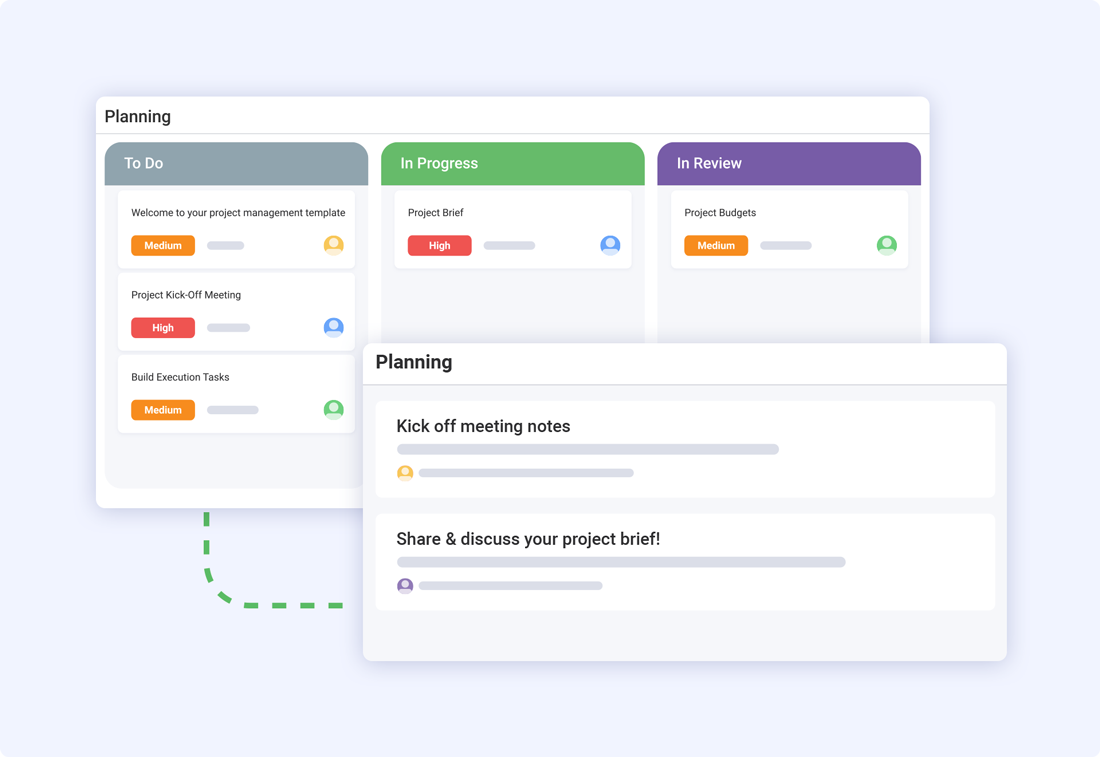
How Stephen Gould Scaled Its Capacity by 30% without Making a Single Hire
Setting clear and actionable goals is critical for driving project success. Whether you’re managing complex timelines, aligning teams, or optimizing resources, the right project management goals can help you deliver results that push your business forward.
Executive Summary:
Setting clear and actionable goals is critical for driving project success. Whether you’re managing complex timelines, aligning teams, or optimizing resources, the right project management goals can help you deliver results that push your business forward.
In this blog, we’ll explore 10 actionable project management goals you can implement today, as well as how Slingshot can help you achieve them efficiently and effectively.
A project goal defines the desired outcome of a project, whether that’s increasing revenue, solving a problem, or enhancing customer satisfaction. However, project management goals focus on the management process itself—such as optimizing resources, controlling budgets, or improving communication.
While goals define the broader intentions and ambitions of a business, objectives are the specific steps taken to achieve those goals. For example, a project goal might be to increase your company’s YouTube subscribers to 100,000 in 12 months, while objectives could include creating 10 new videos per month, hiring additional video editors, or performing an SEO audit on past content.
In short:

Effective project management starts with setting the right goals. These goals serve as a roadmap, guiding your team toward success while addressing challenges that may arise during execution.
To ensure your project management goals are clear and actionable, follow the SMART framework. SMART goals are:

Now that we’ve covered the basics, let’s dive into 10 practical project management goals that will help improve your project’s performance:

Meeting deadlines is a key project management goal. A critical step to achieving this is identifying dependencies and managing critical tasks—those that can delay the entire project. Use task management tools to track progress, and break tasks into manageable steps with clearly defined deadlines. Slingshot’s Task Types feature lets you assign task priorities and track critical workflows, ensuring nothing slips through the cracks.
Controlling your project’s budget is just as important as meeting deadlines. Project managers must keep a close eye on expenses, including staffing, materials, and operational costs, while avoiding scope creep and cost escalation. With Slingshot, you can set up Custom Fields to track expenses in real-time, helping you manage your budget more effectively.
Strong communication and collaboration are essential for any project’s success. To improve these, consider adopting tools that centralize communication and keep everyone on the same page. With Slingshot’s all-in-one collaboration features—such as built-in chat, task management, and file sharing—you can streamline team interactions and ensure everyone stays aligned.

Increasing productivity is a common goal for project managers, but achieving it requires the right tools and systems. Slingshot’s project management functionality allows you to consolidate all your tasks, files, and conversations in one place, making it easier for your team to focus on what matters most. By using Task Types and Custom Fields, you can create custom workflows that optimize how your team operates.
Keeping stakeholders informed and satisfied is a delicate balancing act. To achieve this, make it a goal to provide regular updates and involve stakeholders in key decisions. Slingshot enables you to share real-time project data through dashboards, making it easier to keep stakeholders in the loop and exceed their expectations.
Resources are often limited, and it’s the project manager’s job to make the most of what’s available. This goal is about ensuring that time, budget, and people are used as efficiently as possible. Slingshot helps you track resource allocation in real-time, making it easier to optimize utilization and avoid bottlenecks.
Are your team meetings effective, or do they often go off track? Set a goal to streamline your meetings by creating clear agendas, reducing unnecessary meetings, and focusing on action items. Slingshot’s integrated task and meeting management tools make it easy to create agendas, assign follow-up tasks, and track progress after meetings.
Creating a data-driven culture allows your team to make smarter, more informed decisions. Slingshot’s built-in analytics features help project managers leverage real-time data to drive decision-making, track performance, and adjust strategies as needed. By embedding data into every decision, you’ll foster a culture of accountability and performance improvement.
Managing client expectations and maintaining open lines of communication are vital for long-term success. Slingshot simplifies client collaboration by offering transparent project tracking and feedback loops. You can create dedicated spaces for clients to review project progress, provide feedback, and access important files—all within the platform.
With the rapid pace of technological advancements and evolving leadership trends, continuous learning is crucial. As a project manager, staying up to date with industry best practices will help you adapt to changes and lead your projects more effectively. Set a goal to attend conferences, participate in workshops, or take online courses to continue honing your skills.
Slingshot is designed to make project management more efficient, enabling teams to achieve their goals faster and with fewer roadblocks. With features like Custom Fields and Task Types, Slingshot provides the flexibility to create tailored workflows that match your project’s unique needs. You can track every moving part of a project—deadlines, budgets, tasks, and collaboration—all in one place.
By integrating advanced project management, collaboration, and data analytics tools into a single platform, Slingshot ensures that your team has everything they need to work smarter, not harder. It’s the ultimate project control center for driving business success.
Achieving your project management goals starts with setting clear, actionable objectives that are aligned with your team’s needs and business strategy. With Slingshot, you’ll not only track progress more effectively but also empower your team to reach their goals faster. Start today and see how Slingshot can turn your project goals into a reality.
Seamlessly manage tasks, teams, and projects of any complexity from start to finish.
Use Template →
SHARE THIS POST